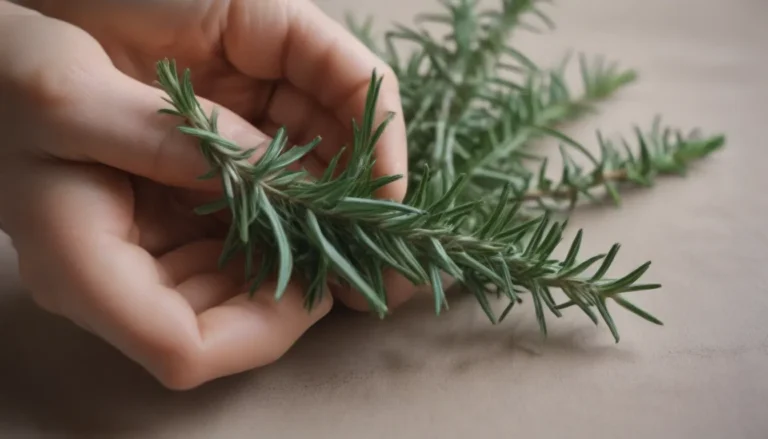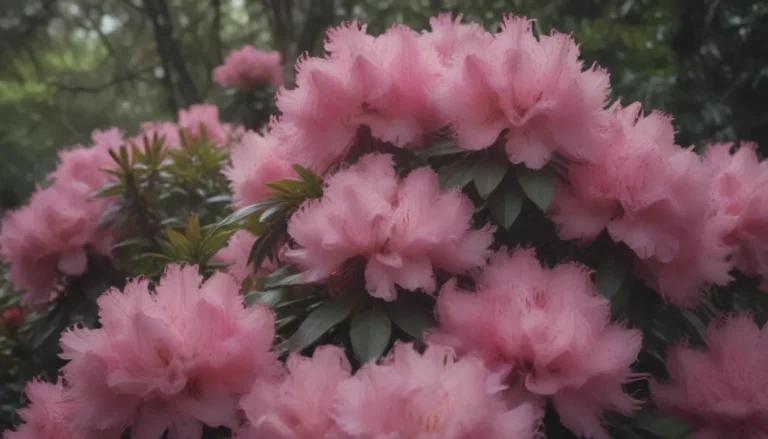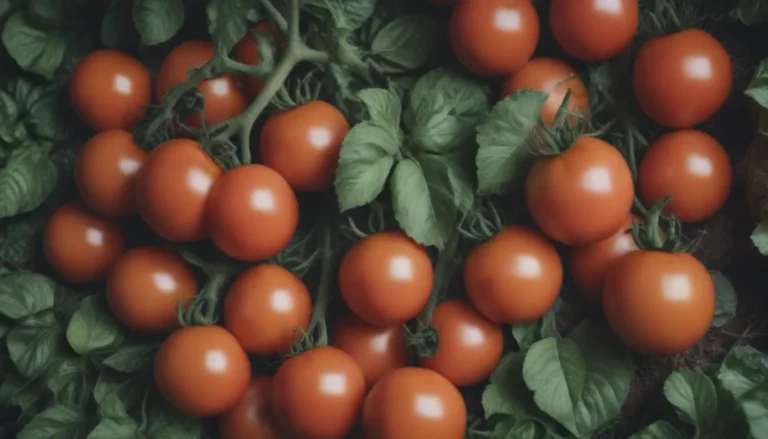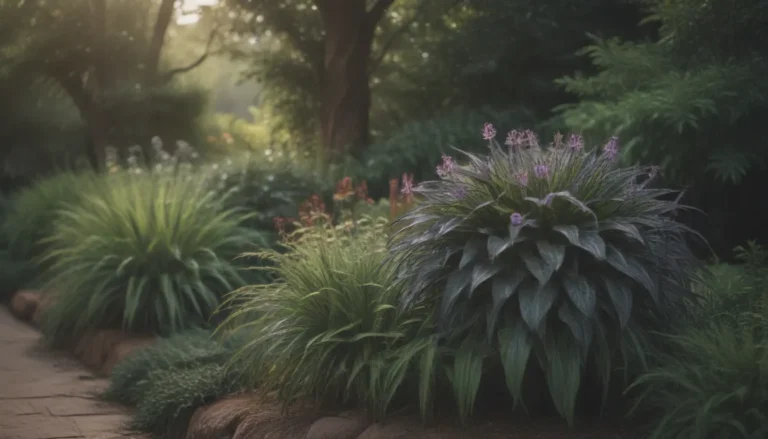Everything You Need to Know About Growing Chinese Money Plants
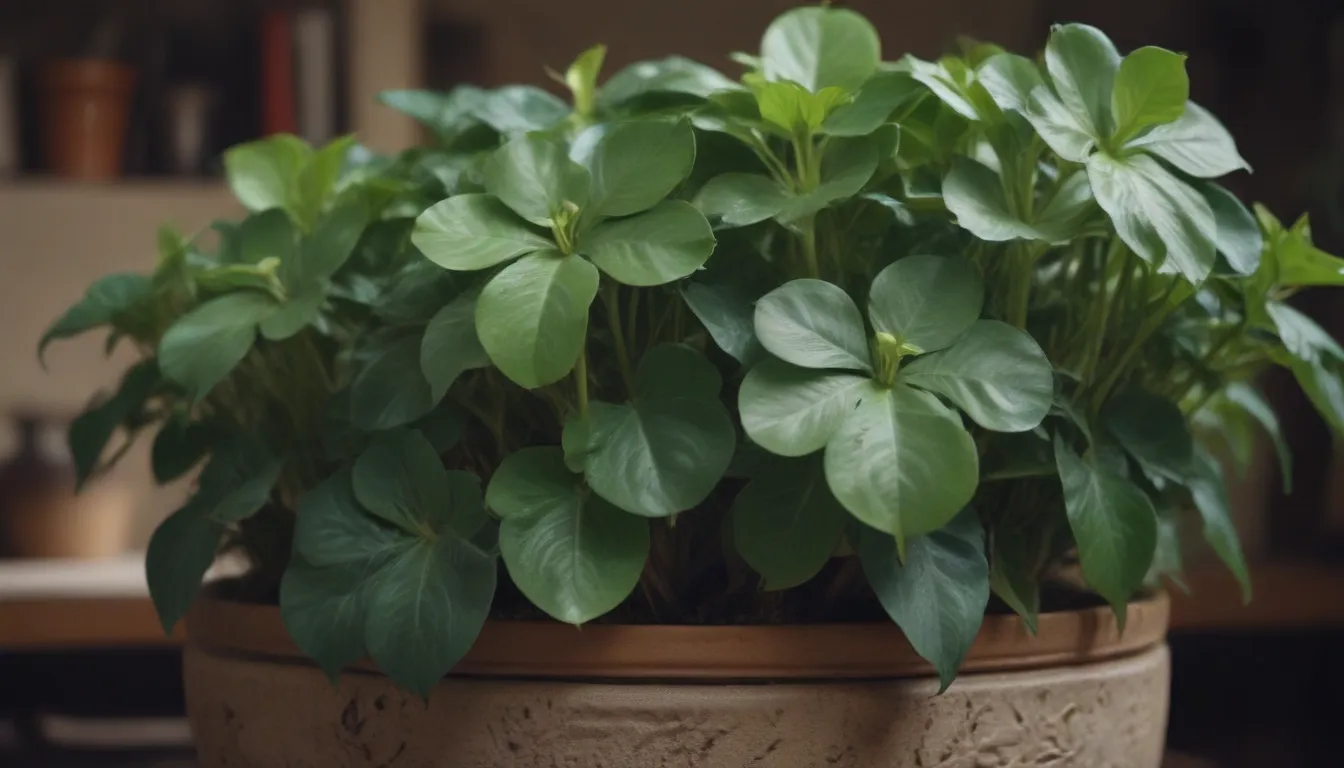
If you’re a plant enthusiast looking to add a unique and beautiful houseplant to your collection, look no further than the Pilea peperomioides, also known as the pancake plant, Chinese money plant, coin plant, or UFO plant. This flowering perennial from the nettle family (Urticaceae) hails from southern China, where it grows naturally along the base of the Himalayan mountains. Its coin-shaped foliage and ease of care make it a popular choice among plant lovers.
Why Choose a Chinese Money Plant?
The Pilea peperomioides is not only aesthetically pleasing but also relatively easy to care for, making it an ideal addition to any indoor garden. Here are a few reasons why you should consider adding this unique plant to your collection:
- Attractive foliage: The round, coin-shaped leaves of the Chinese money plant add a touch of whimsy to any room.
- Low maintenance: With the right care, this plant thrives indoors with minimal effort.
- Easy propagation: The Pilea peperomioides produces offshoots that can be separated and grown into new plants, making it a great plant for sharing with friends.
- Unique appearance: Its unusual shape and growth pattern make it a conversation piece in any home.
How to Care for Your Chinese Money Plant
While obtaining a Pilea peperomioides plant may be a bit challenging due to its popularity, once you have one in your possession, caring for it is surprisingly simple. Here are a few key care tips to help your Chinese money plant thrive:
Light
The Pilea peperomioides prefers medium to bright indirect light. Rotate your plant regularly to ensure even growth and avoid placing it in direct sunlight, which can damage its delicate leaves. While this plant can tolerate lower light conditions, it will be healthiest and most attractive when grown in bright light.
Soil
Plant your Chinese money plant in rich, well-draining soil. A high-quality organic potting mix with added perlite for drainage is ideal. Aim for a soil pH between 6.0-7.0 to provide the best growing conditions for your plant.
Water
The Pilea peperomioides has moderate water needs. Allow the soil to dry out slightly between waterings and then water thoroughly. Watch for drooping leaves as a sign that your plant needs watering.
Temperature and Humidity
Maintain average household temperatures and humidity levels for your Chinese money plant. Avoid exposing it to extreme temperature changes and overly dry conditions, which can stress the plant.
Fertilizer
During the spring and summer months, feed your Pilea peperomioides monthly with a balanced, all-purpose fertilizer. Avoid fertilizing during the fall and winter when the plant is dormant.
Types of Money Plants
While the Pilea peperomioides is the most well-known as the Chinese money plant, there are other species that also go by the name “money plant.” Some of these include Epipremnum aureum, Hydrocotyle vulgaris, and Crassula ovata.
Potting and Repotting Your Chinese Money Plant
As your Pilea peperomioides grows, it will need to be repotted annually in the spring or summer months to refresh the soil and provide more space for root growth. Choose a pot with good drainage to prevent waterlogged soil, and consider upgrading to a larger pot as needed.
Propagating Your Chinese Money Plant
One of the unique features of the Pilea peperomioides is its ability to propagate easily. Offshoots can be separated from the mother plant and grown into new plants. Here’s how you can propagate your Chinese money plant from offshoots:
- Wait until the offshoots are a few inches tall.
- Carefully separate them from the mother plant.
- Plant the offshoots in their own pots with well-draining soil.
- Water them regularly and watch them grow into new plants.
Common Pests and Diseases
While the Pilea peperomioides is not prone to specific pests or diseases, it can be susceptible to common houseplant pests like mealybugs, scale, fungus gnats, and spider mites. Keep an eye out for any signs of infestation and treat them promptly.
Encouraging Blooms in Your Chinese Money Plant
Mature Chinese money plants may produce tiny flowers, but many growers prefer to remove them to focus the plant’s energy on leaf growth. If you want to encourage flowering, try exposing your plant to cooler temperatures in the winter months. This slight shock to the system may trigger the plant to bloom.
Troubleshooting Common Problems
If you encounter issues with your Chinese money plant, such as curling or discolored leaves, it is often a result of inadequate light exposure or watering habits. Adjusting these factors can help your plant thrive and maintain its vibrant appearance.
In conclusion, the Pilea peperomioides is a delightful addition to any indoor garden, offering unique foliage and easy care requirements. By following these guidelines for lighting, soil, water, and propagation, you can enjoy a thriving Chinese money plant in your home. So go ahead, bring home a Pilea peperomioides and watch it grow into a beautiful and captivating houseplant!
